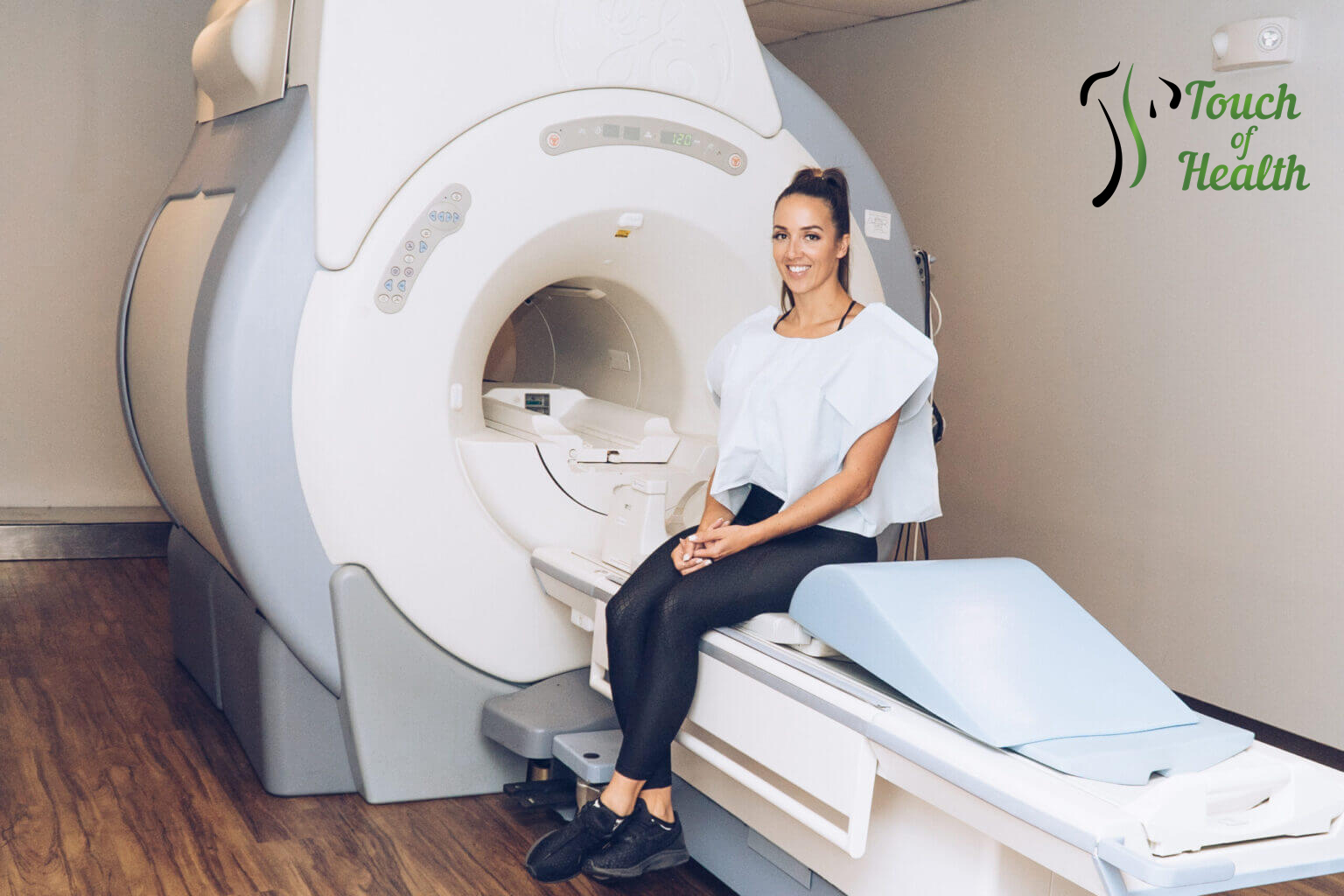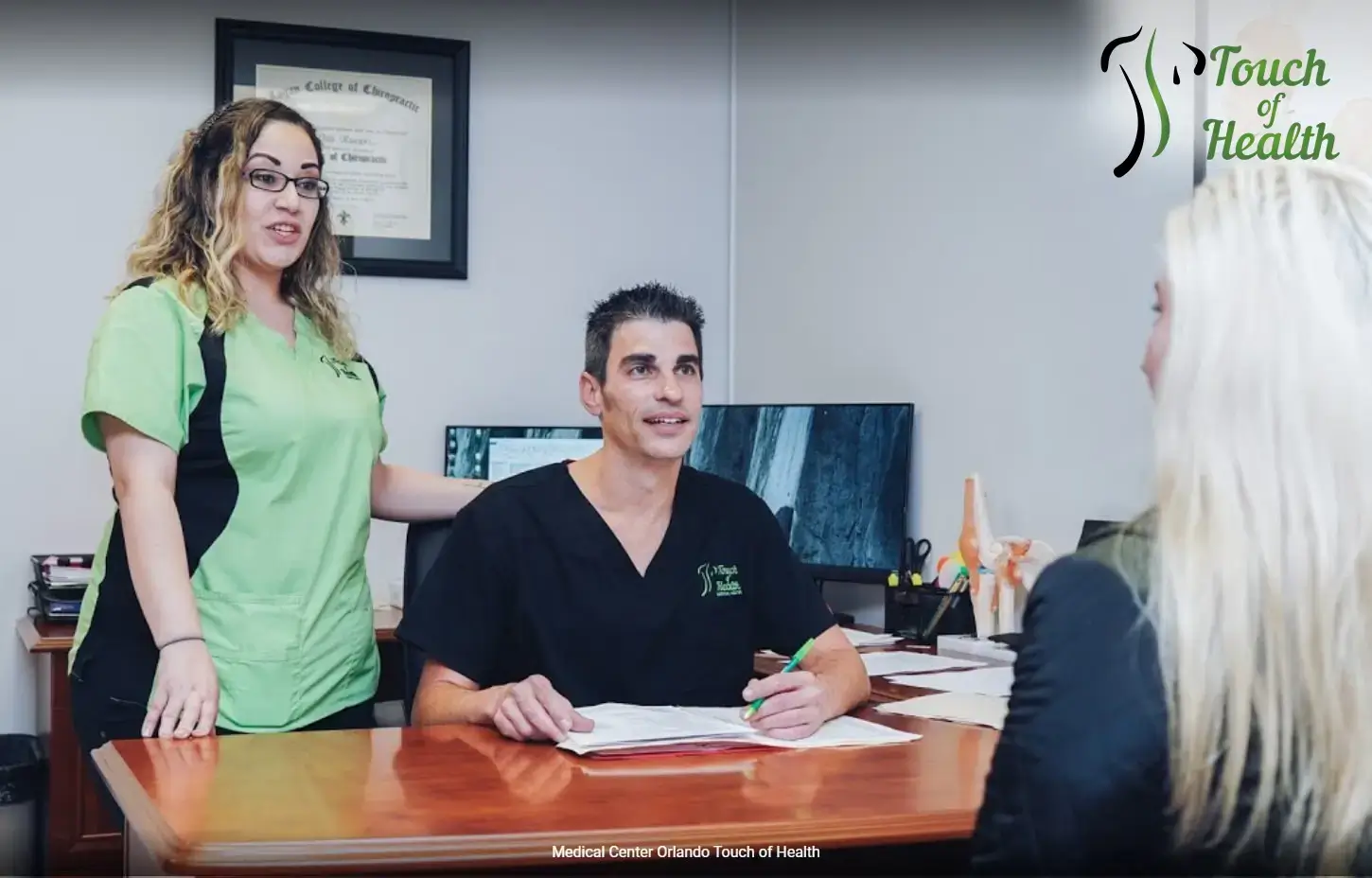Radiculitis

Several decades ago, radiculitis was the case only for older people. Nowadays, middle-aged and young people also experience the symptoms of this disorder. Due to the change of the lifestyle, a lot of patients under thirty are diagnosed with radiculitis. Contrary to popular belief, radiculitis is not an independent disease, as it represents a group of neurological symptoms that occur due to compression of the nerve roots. Therefore, pain, motor and autonomic disorders occur in the various parts of the spine. Pathological changes in the spine can be asymptomatic, so radiculitis manifests itself during an exacerbation.
Causes of Radiculitis
Among the reasons due to which radiculitis occurs, there are:
- Spinal injuries and bruises, including old traumas;
- Asymmetry of the core;
- Changes in the disks of a degenerative nature;
- Severe hyperthermia;
- Infectious diseases;
- Narrowing of the spinal canal;
- Unilateral or excessive stress on the spine.
Symptoms of Radiculitis
The following signs may indicate the case of radiculitis:
- Skin sensitivity is reduced;
- Significant limitation of mobility up to the complete inability to move;
- Increased pain during movement with spread to the other parts of the body.
The specialists of Orlando Medical Center “Touch of Health” distinguish two main stages in the development of radiculitis:
- Neurological stage, the symptoms of which are increased sensitivity, sharp pain, revitalization of tendon reflexes, protective tension of the muscles;
- Neurotic stage, characterized by loss of sensitivity in the area of the affected root, muscle weakness to local atrophy.
Treatment Options for Radiculitis
When radiculitis is diagnosed, treatment is selected based on the results of the examination, taking into account many factors, including the patient’s lifestyle and type of activity. The methods of treatment are such as:
- Physiotherapy procedures;
- Medicaments such as NSAIDs;
- Therapeutic spinal block;
- Ointment, tablets or gels to relieve the symptoms of radiculitis.
In the case of radiculitis, physical therapy, in particular, demonstrates an excellent effect in the treatment as it is aimed at improving blood circulation in the tissues of the pinched areas.
Is Surgery Required?
Surgical methods for the treatment of radiculitis are prescribed in those cases when conservative therapy is not efficient. The principle of operation is reduction (cold plasma nucleoplasty) or removal (microdiscectomy, endoscopic removal) of the herniated disk, which infringes on the nerve roots.
Orlando Medical Center “Touch of Health” uses minimally invasive techniques in the treatment that guarantee a minimum duration of recovery period, lack of rough scars and minimal severity of side effects after radiculitis operation.
Result of Treatment
The main effects of complex treatment of radiculitis are:
- Restoration of functional and correct movement in the spine;
- Improvement of the work of all organs and systems of the body;
- Strengthening the superficial muscles of the back and deep stabilizers of the spine.

Success Stories
Touch of Health Medical Center
Complete a full examination at our center and get a prognosis for your recovery.
Our specialists help you to recover much faster.
Our Experts

Mark Biondi, DC
Doctor of Chiropractic

Michael Thomas, DO
Orthopedic Surgeon
Touch of Health Clinic





We treat







